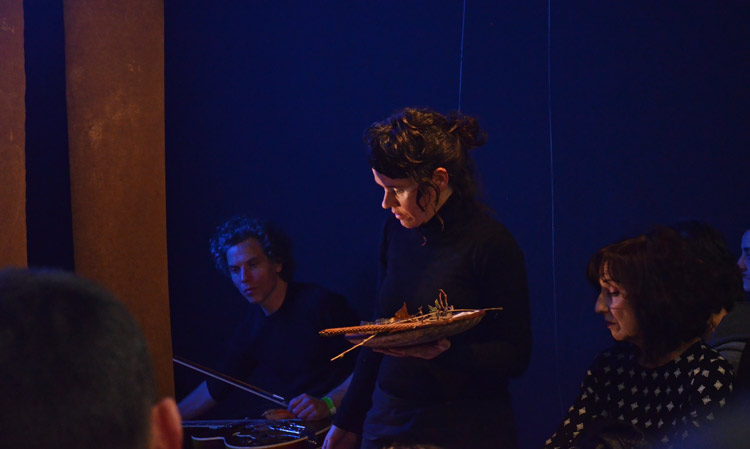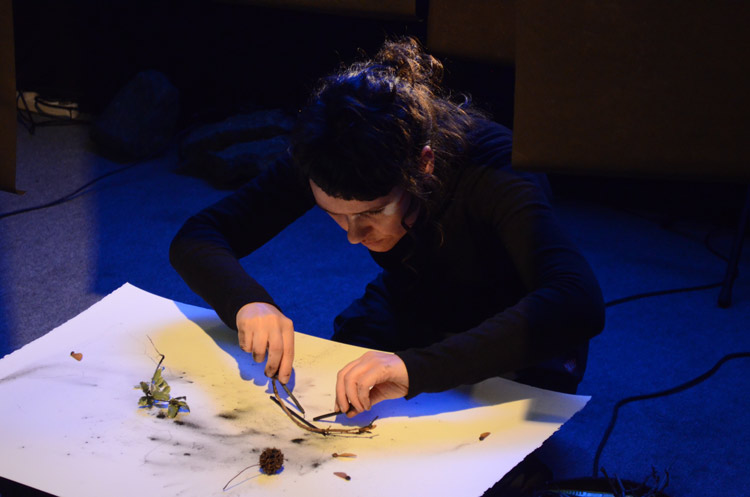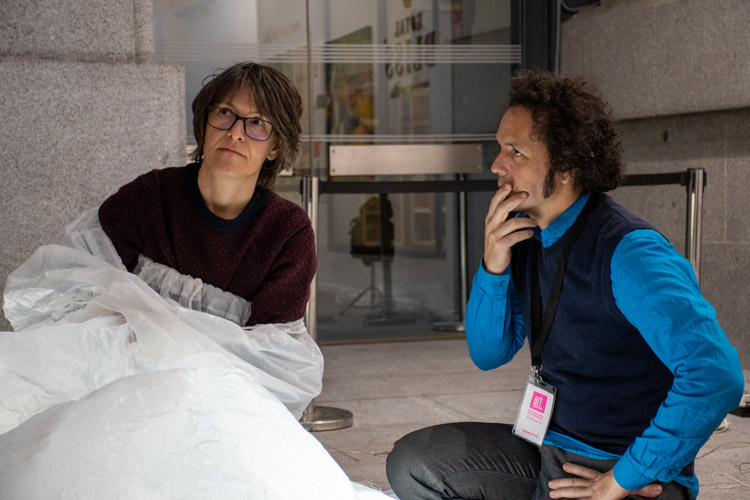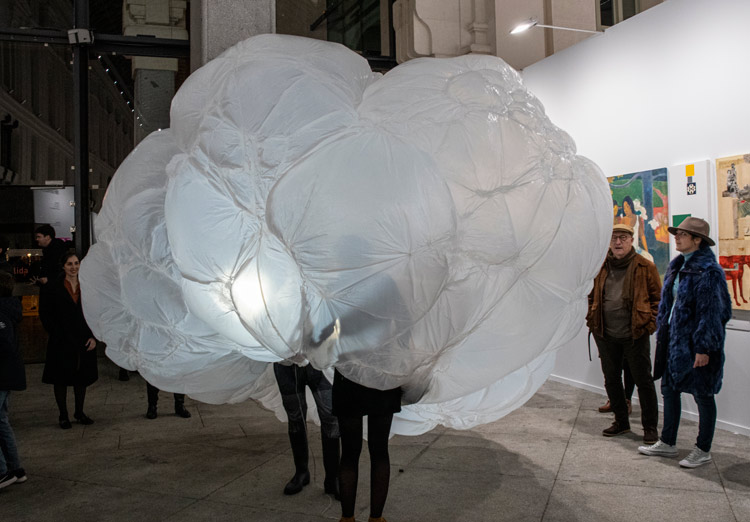INTIMATE SPACES: PERFORMATIVE ART AT ART MADRID
Jun 3, 2020
art madrid
The origins of the art of action can be located in the Dadaist and Surrealist movements of 1920, where the first events or encounters in which the terms collage or assemblage are consolidated sprung up. However, it was not until the 1960s that these manifestations acquired their own entity and became an independent art movement. Action art, also called live art, delves into the idea that you cannot separate the artistic creation process from your own experience, as if everything was connected and true art is what takes place in the processes, not both in the materialised results.

Allan Kaprow, an artist born in Atlantic City and who gave true meaning to the terms happening or performance, contributed to the evolution of this idea. In the view of this author, art makes sense in the artist's relationship with the viewer in the process of artistic creation itself. Kaprow coined a famous quote on this movement:
The line between art and life should be kept as fluid, and perhaps indistinct, as possible.
A tireless artist, he contributed significantly to fluxus and body art movements, and carried out countless "activities" (as he called them) throughout his career. Today we owe a lot to this pioneer, who let himself be carried away by the creative impulse channelled into actions where the ephemeral and the experiential merge.

Today performance art continues to arouse enormous curiosity, even 60 years after it was born. However, within the history of art, it remains a still novel and minority trend. Precisely for this reason, Art Madrid wanted to give to action art a room into the fair and share with the big public an artistic experience, different from the exhibition offer of the participating galleries, so that contact with today’s contemporary pulse would become a memory, an event, an experience. The momentary, ephemeral nature of these actions, in such a way that they only exist in the here and now, makes each proposal doubly interesting because it is totally unrepeatable.
The “Art Madrid-Proyector’20” program included four actions during the days of the fair. We have had the opportunity to remember two of the performances in which sound and video image dominated, by Iván Puñal and Arturo Moya and Ruth Abellán. Today we give way to the other two, whose main characteristic is the generation of an intimate space, a kind of parallel reality that raises doubts in the viewer about what they are seeing and how they should understand it.

One of these works was “Partidura”, by the Portuguese artist Eunice Artur in collaboration with Bruno Golçalves, which took place on Thursday 27th at 8 pm. This project explores the idea of developing a musical notation for new forms of electronic sound, and it does so through a live intervention that incorporates plant elements, strings that vibrate with the sound and a lot of charcoal dust so that the sound waves move the elements and “draw” their own graphic representation. The performance shows Eunice interacting with these elements while Bruno makes amplified sounds with an electric guitar. The set is mysterious and poetic at the same time. The desire to transform sound into a pictorial expression unfolds in delicate, measured and stealthy actions to interfere as little as possible in the process. Eunice moves between graphite powder-coated sheets of paper hanging from the ceiling, looking for the proper angle to vibrate strings running diagonally across the sheets. This live creation process is based on waiting and contemplation, wrapped in music that seems like a mantra from other lands.

The last performance of the cycle was starred by Olga Diego, on Saturday 29th. The entrance of the fair transformed into an improvised stage in which the artist carried out her action "The bubble woman show". Olga Diego has been working on the concept of flight and its integration into art for some time through artefacts that can fly autonomously, without combustion. One of her most ambitious projects on this subject is “The automated garden”, an enormous installation of a hundred inflatable figures made of transparent plastic that occupied the 1,000 m2 of the Alicante Museum of Contemporary Art and the Lonja del Pescado Exhibition Hall, also in Alicante. This proposal, in addition to delving into research on the lightness of materials and the ability to stay suspended with maximum energy savings, it is an open criticism of the excessive use of plastic in our environment and its aberrant power of contamination.

"The bubble woman show" is an action that involves the viewer. Olga enters a giant bubble of translucent plastic keeping the air inside, and thus, as if she were a soap bubble, she moves through space until she invites someone from the public to enter the bubble with her and share an intimate moment. This personal dialogue is the most unknown and mysterious part of the process and invites us to reflect on situations of isolation, on the return to the mother's womb, on the need to protect ourselves from the excessive noise of this fast-paced world.
Both actions aroused the amazement of the visitors and turned the fair into a space in which live art played a transforming role within the wide artistic offer that the event displays each year.


















